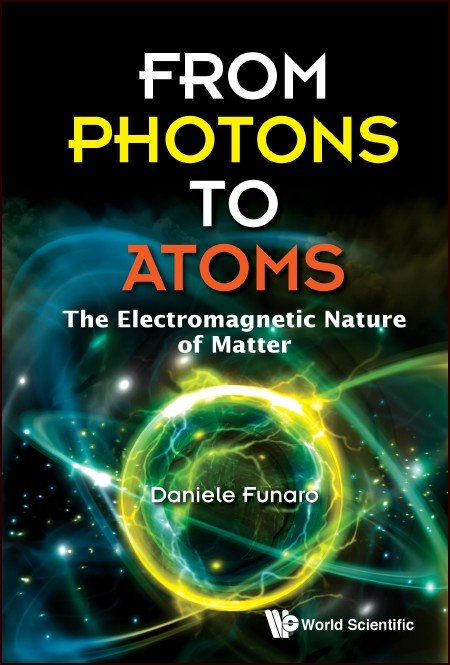System Upgrade on Tue, May 28th, 2024 at 2am (EDT)
Existing users will be able to log into the site and access content. However, E-commerce and registration of new users may not be available for up to 12 hours.For online purchase, please visit us again. Contact us at customercare@wspc.com for any enquiries.
Motivated by a revision of the classical equations of electromagnetism that allow for the inclusion of solitary waves in the solution space, the material collected in this book examines the consequences of adopting the modified model in the description of atomic structures. The possibility of handling "photons" in a deterministic way indeed gives a chance to review the foundations of quantum physics. Atoms and molecules are described as aggregations of nuclei and electrons joined through organized photon layers resonating at various frequencies, explaining how matter can absorb or emit light quanta. Some established viewpoints are subverted, offering an alternative scenario. The analysis seeks to provide an answer to many technical problems in physical chemistry and, at the same time, to raise epistemological questions.
Sample Chapter(s)
Preface
- The World of Photons:
- Why Improve the Theory of Electromagnetism?
- Photon's Structure
- A Closer Look at the Model
- Connections with Special Relativity
- The Geometry of Space-Time
- The Geometry of a Single Photon
- Constrained Waves
- Vortex Rings
- The Subatomic Environment:
- Electrons
- More on the Electron Structure
- Antimatter
- Protons
- Nuclei
- Mass and Gravitation
- The Constituents of Matter:
- The Hydrogen Atom
- Photon Emission
- The Structure of Matter
- In and Around Matter
- Quantum Properties of Matter
- More on Quantum Properties of Matter
- Implications on Biological Systems
- The Birth of an Idea
- Appendices


























